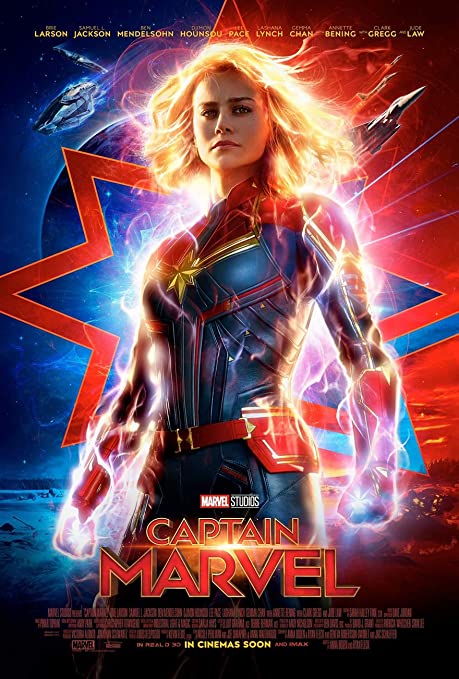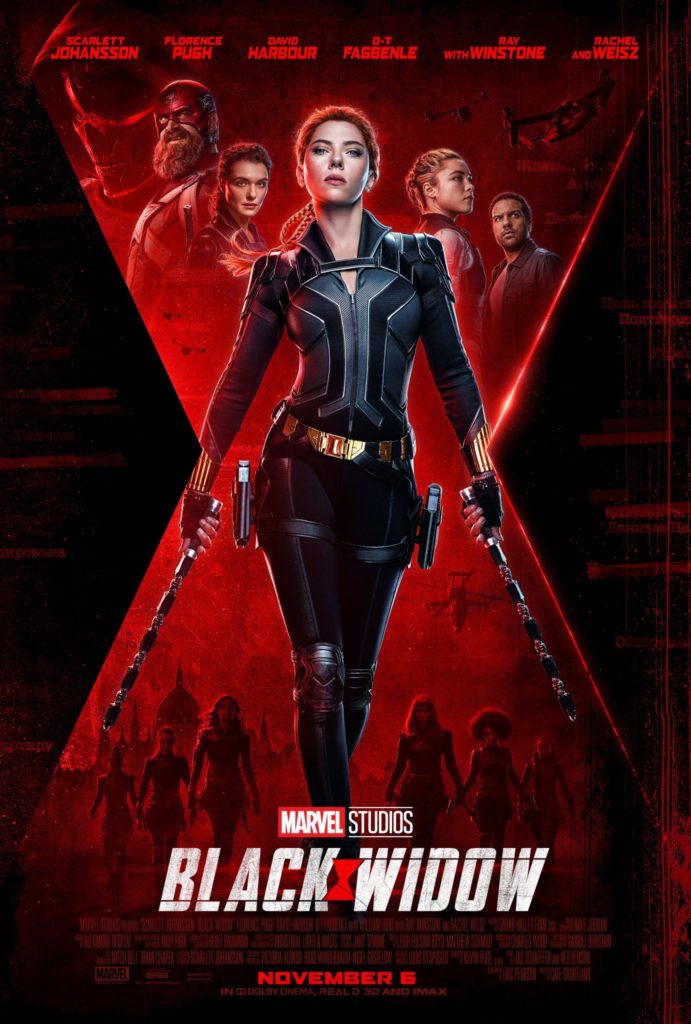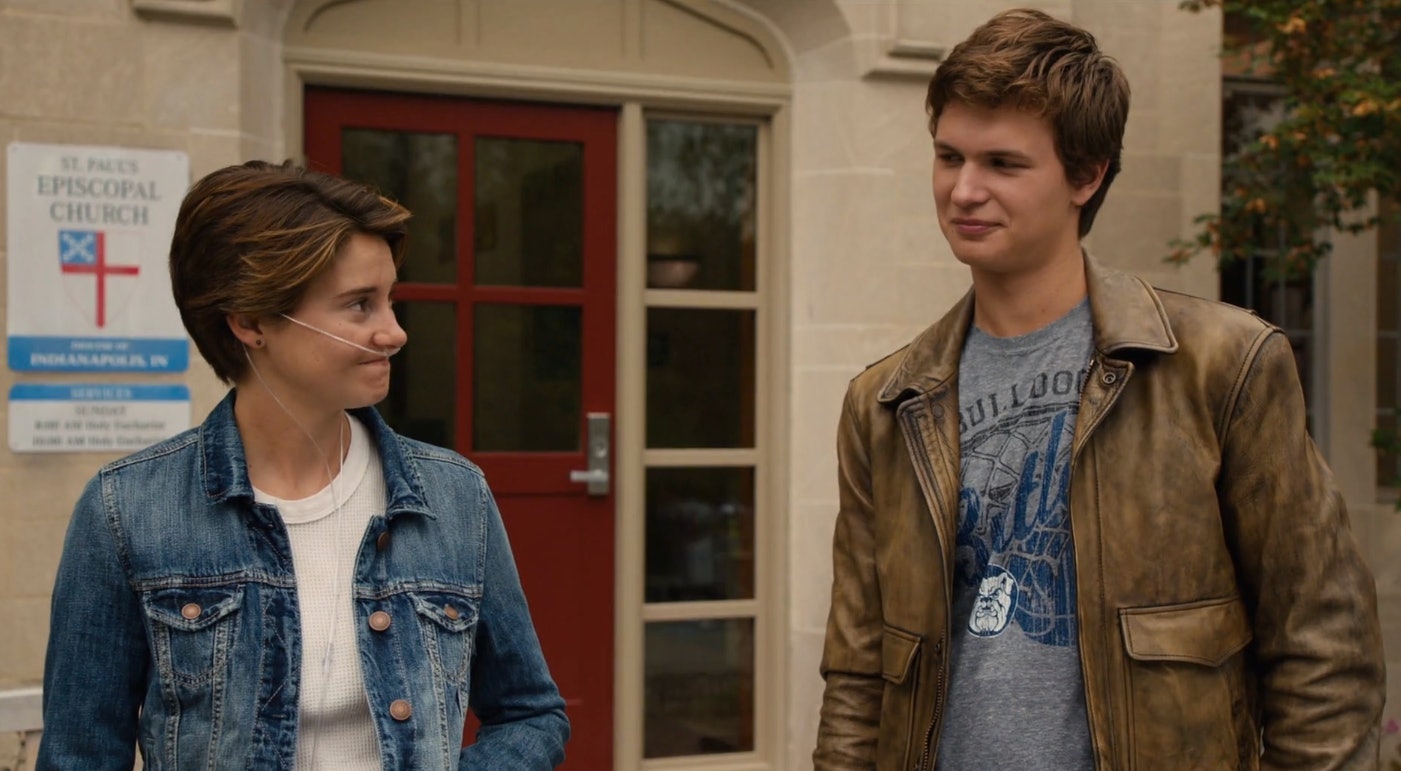
As promised, I’ve sent you all an e mail with the IB Film Zoom meeting schedule in a word doc alongside a table which features your preferred specialist role (indicated by you in the survey)for your Collaborative (group production) Project and where you can also fill in your finalised research question and film choices for your Comparative Study.
We have two group sessions one on Wednesday at 3pm and one on Thursday at 1:30 pm. If neither of these is suitable I’ll try and organise another time for you next week but please try to make the effort to join if you can as some of you are struggling to understand the Comparative and/or anxious about completing video work and this is a space where I can hear and respond to your questions.
I’ll put the finished table up on the blog/send out to all class members before the meeting. Therefore, I need you fill in your research question and/or missing production role info into it and e mail this to me as soon as possible.
You can also let me know which group you want to work in now that you can see who wants to do which roles – only one of these roles can be covered in a group so you may have to change your original ideas about who you wanted to work with. Note that the maximum group size for this project is 4 students and the minimum is 3 students.
Look out for the Zoom meeting joining instructions in your inbox – I’ll send these when I get your completed table sent back.
Here is a reminder of the other Comparative Study deadlines set for this term:
Email first draft of source list to teacher by 22/6/20 (including the details of the source films themselves, websites, books, articles etc used as citations – an example source list will be available on SharePoint)
Send first draft of 1500- 1800 word script by 29/6/20
Send final draft of 1500- 1800 word script (after written feedback is received) by 16/7/27









